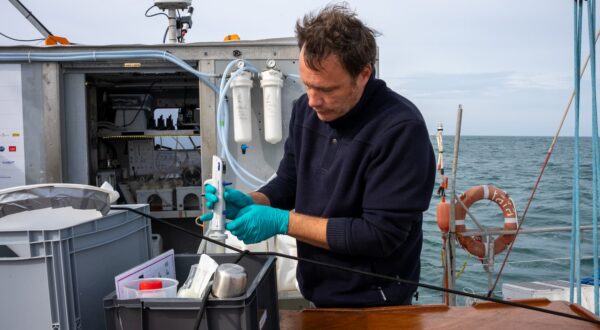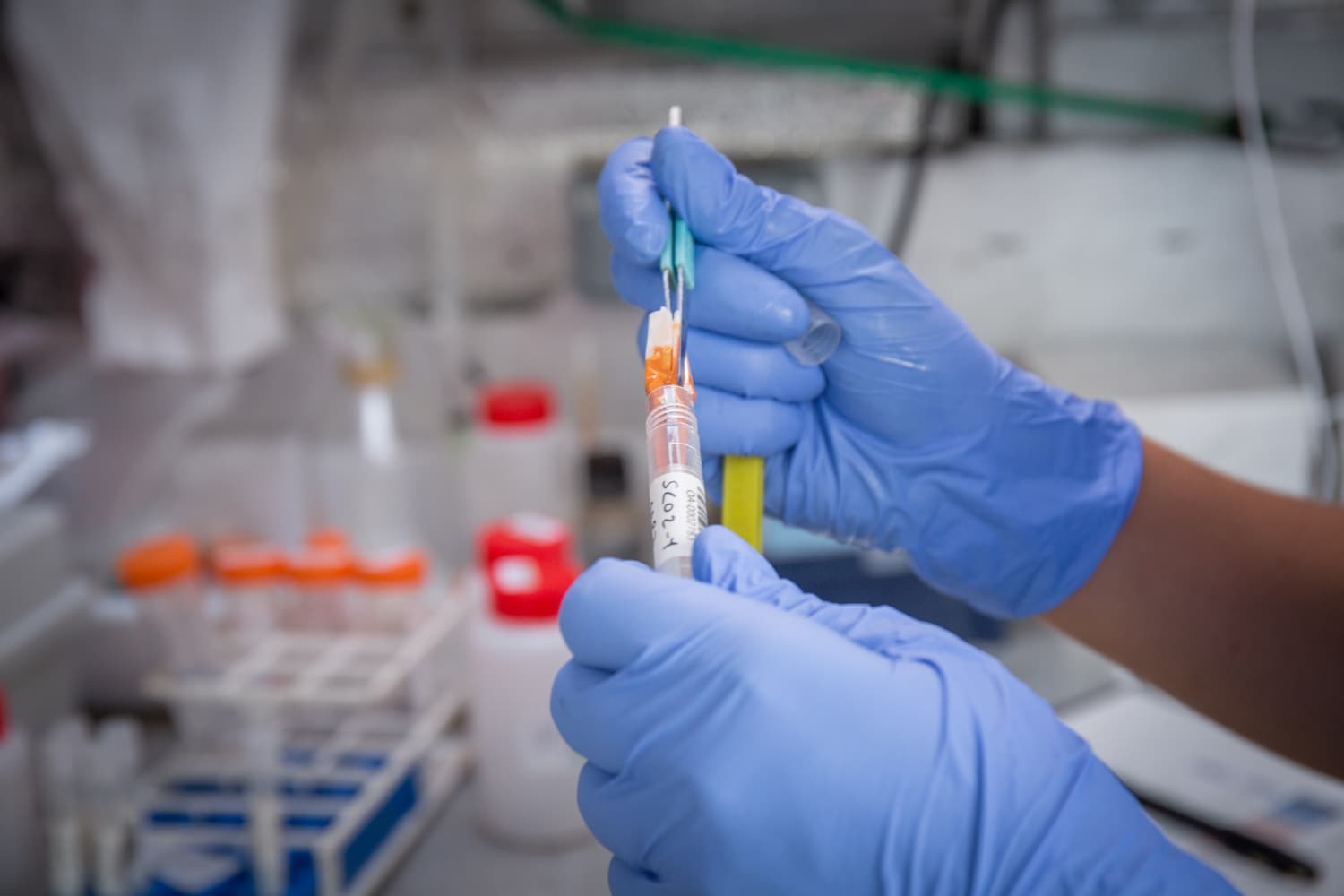Tara Oceans (2009-2013), the invisible people of the Ocean
[A look back at the outcomes of Tara's scientific expeditions] The aim of the Tara Oceans expedition, which took place over a period of more than 4 years in the heart of the world ocean, was to discover the invisible people of the ocean. Although they represent 90% of the Ocean's biomass, microorganisms are invisible to the naked eye! The scientists on board Tara wanted to understand the preponderant role of these organisms in the equilibrium of our planet. This article is part of a series looking back at the scientific results of Tara's expeditions since 2006.
Read the first article of the series:
Tara Arctic (2006-2008), the transpolar drift
Who lives in the Ocean?
It was clear to the scientific community that a global study of the Ocean over a long period of time was necessary to gain a better understanding of how this immense body of water functions.
Never before carried out, a scientific consortium made up of some twenty laboratories launched with the Tara Océan Foundation the Tara Oceans expedition, that made it possible to gather 40,000 samples over four years.
Using standardised analyses on board the laboratory ship (microscopy and DNA sequencing in collaboration with the Genoscope), the micro-organisms present in each sample were identified to understand their genetic heritage and their interactions.
The samples turned out to be fairly representative of biological diversity, since the size of the organisms sampled ranged from viruses to zooplankton (a few millimetres).
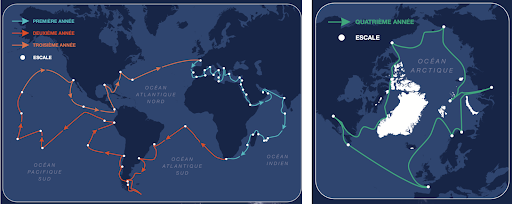
Tara Oceans: a biological framework for understanding a complex system on a planetary scale
Discovery of new genes
This scientific expedition yielded several major results:
More than 200 million genes have been identified (bacteria, viruses and protists) and shared in an open-access database for the scientific community.
Description of different types of organisms
- Several thousand microorganisms were described.
- The great diversity of marine viruses was demonstrated: before the expedition, 39 marine viruses were known… after Tara Oceans: 200,000 types of DNA virus and 5,500 RNA viruses could be identified.
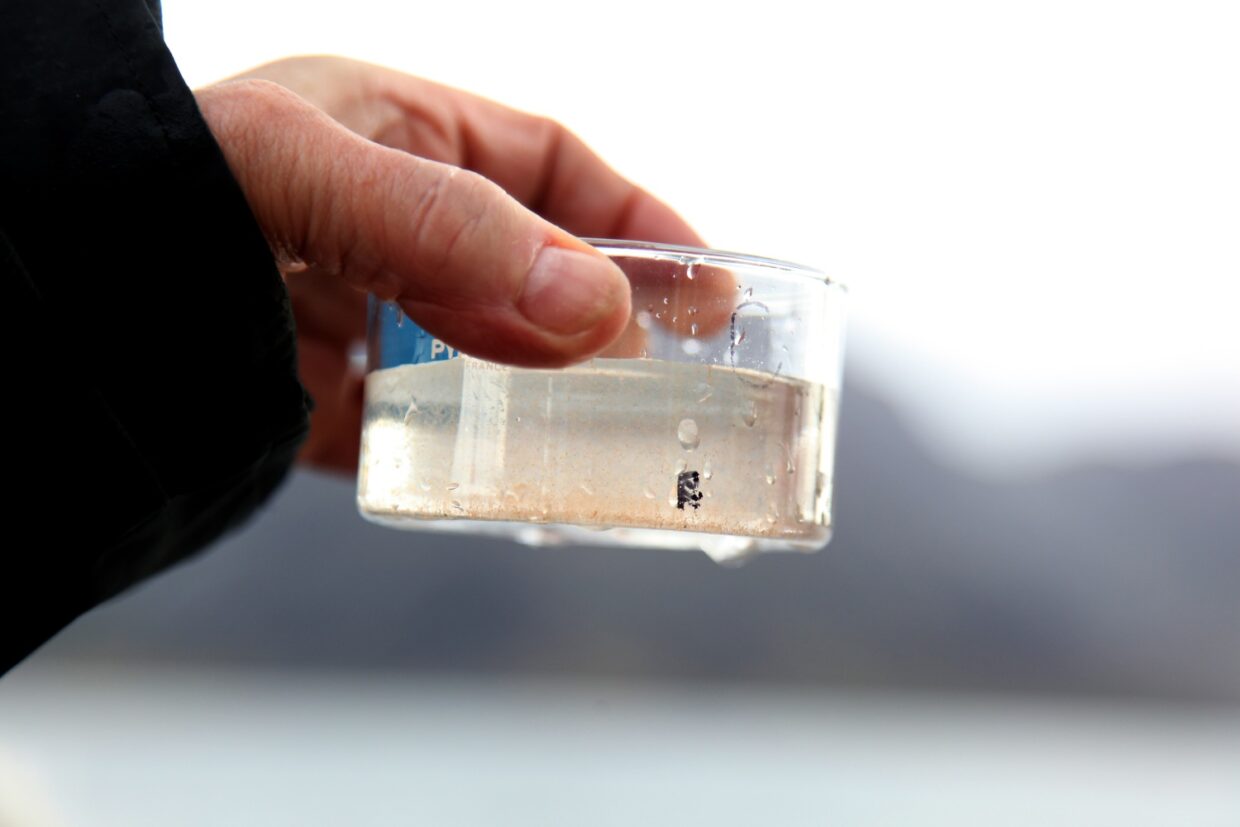
Unraveling the “Facebook of the Ocean”
Scientists were able to demonstrate that microorganisms weave a sort of immense social network.
‘This multitude and this diversity of interactions have a direct influence on plankton activity and, consequently, on its involvement in climate regulation’, says Chris Bowler – scientific director of the Tara Oceans expedition and the Microbiomes Mission.
Like in a social network, cooperation is more important than competition in the Ocean.
Some interactions have been identified thanks to microscopy, but their precise functioning is still poorly understood.
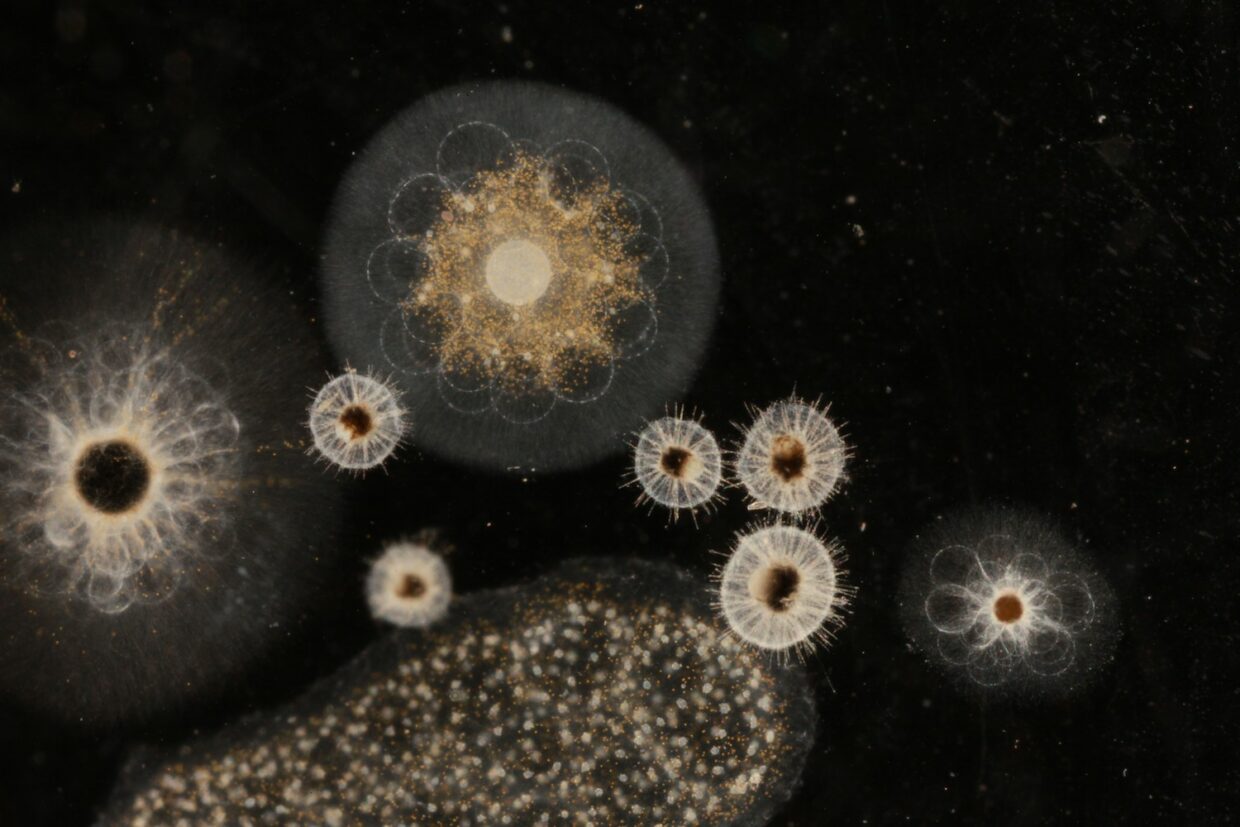
Identification of a biodiversity gradient
The Tara Oceans expedition was able to show, for the first time, the presence of a plankton biodiversity gradient in the Ocean.
Of all the environmental factors that govern the composition and distribution of plankton in the Ocean, temperature is a determining factor. Global warming could therefore have a major impact on these organisms.
In addition, species distribution depends on favourable environmental conditions, but also on the presence or absence of other species, as they interact with each other. Taking into account these interactions between the environment and the microorganisms is essential to better simulate the effects of climate change on the biogeography of plankton and the possible impact on the services they provide.
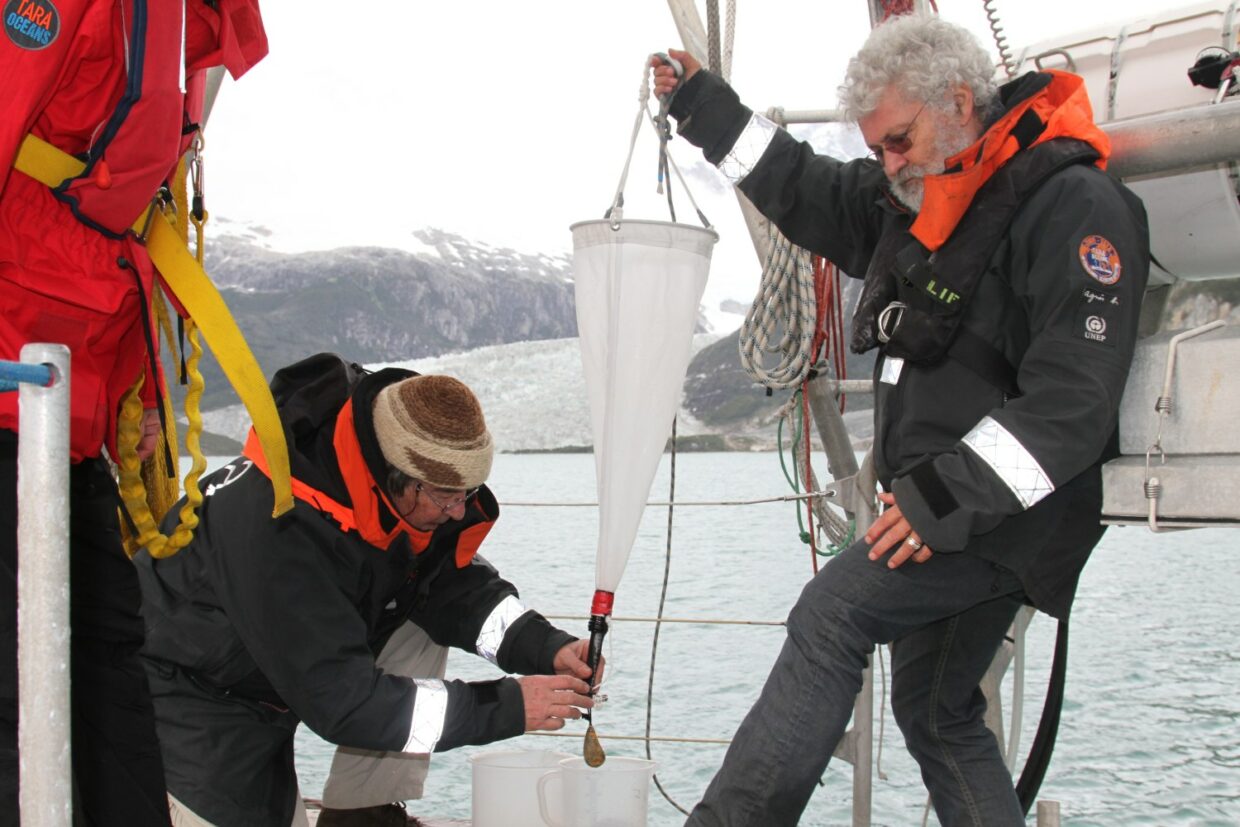
This expedition provided, for the first time, a global view of plankton in the Ocean. It represents a benchmark for the state of the Ocean at the start of the 21st century, and has enabled international teams to work on these data for the past ten years. These are essential for predicting changes in biodiversity in the face of environmental change, as well as for establishing links between the Ocean, the climate (the carbon pump) and fishing activities, and for setting up management tools such as marine protected areas…
